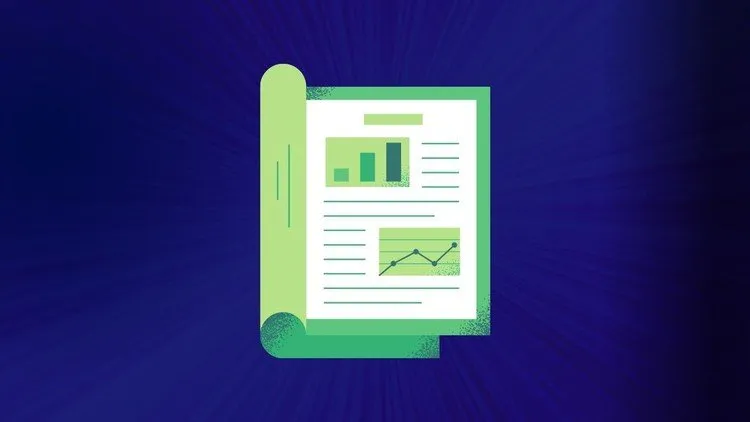Assests, liablities and the accounting equation
Start Learning Accounting

Assests, liablities and the accounting equation udemy course
Start Learning Accounting
What you'll learn:
- Assets and liabilities
- The accounting equation
- Accounts payable and accounts receivable
- Double entry bookkeeping
- Capital expenditure and revenue expenditure
Requirements:
- there are no basic requirements, this course is for everyone.
Description:
It is vital that you acquire a thorough understanding of the principles of double entry bookkeeping. These principles, outlined in this course, apply to both cash and credit transactions.
The purpose of Course is to introduce the fundamentals of accounting, particularly the principles of double entry bookkeeping. It is essential that you understand the topics discussed in the next few chapters, as they form a basis for your studies of financial accounting Assests, liablities and the accounting equation Udemy
We will discuss following topics:
Assets and liabilities
The accounting equation
Accounts payable and accounts receivable
Double entry bookkeeping
Capital expenditure and revenue expenditure
The accounting equation is a basic principle of accounting and a fundamental element of the balance sheet. The equation is as follows:
Assets = Liabilities + Shareholder’s Equity
This equation sets the foundation of double-entry accounting, also known as double-entry bookkeeping, and highlights the structure of the balance sheet. Double-entry accounting is a system where every transaction affects at least two accounts.
Journal entries often use the language of debits (DR) and credits (CR). A debit refers to an increase in an asset or a decrease in a liability or shareholders’ equity. A credit in contrast refers to a decrease in an asset or an increase in a liability or shareholders’ equity.
The accounting equation forms the basis for the balance sheet. The balance sheet is also sometimes referred to as the statement of financial position. The balance sheet is broken down into three major sections and their various underlying items: Assets, Liabilities, and Shareholder’s Equity.
Who this course is for:
Course Details:
- 31 mins on-demand video
- Full lifetime access
- Access on mobile and TV
- Certificate of completion
Assests, liablities and the accounting equation udemy free download
Start Learning Accounting
Demo Link: https://www.udemy.com/course/financial-accounting-izaz-tufail/

